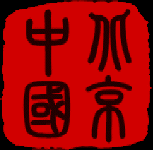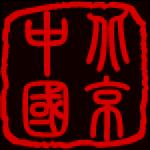 |
Chinese Culture Chinese Opera |
 |
 |
Chinese Culture Chinese Opera |
 |
Note : this section will be expanded over the coming months.
Chinese OperaFormed from an amalgam of tradional folk song, distinctive dialects and other regional performing arts, Chinese Opera has evolved into a complex, stylised story telling, combining masks, mime, dance, acrobatics and martial arts. Traditional instruments, such as the Erhu, lute and gong, combine with highly refined literary dialogue, beautifully written with many nuances. Even most chinese need to see subtitles to follow the arcane language and unusual dialects. Color of face painting and costume is used to convey some aspects of each actor's character. Chinese Opera is full of symbolism. The artists follow many years of training. It is said that 'one minute on the stage requires ten years practice behind the scenes'. Chinese Opera joins with Sanskrit Opera and Greek tragi-comedy as among the world's oldest performance art. Long supported by China's imperial rulers, during the Qing dynasty Chinese Opera began to be enjoyed by coomon folk too, among which many of its roots lie. Today, Chinese Opera is a world away from modern life, but that is part of its appeal and although no longer with a mass market it continues to survive and is enjoyed by chinese and tourists alike. There are many regional variations; Beijing Opera is primarily a fusion of these. Performances usually take place in tea houses. |
Share this page
|
China Travel and Culture Videos Home